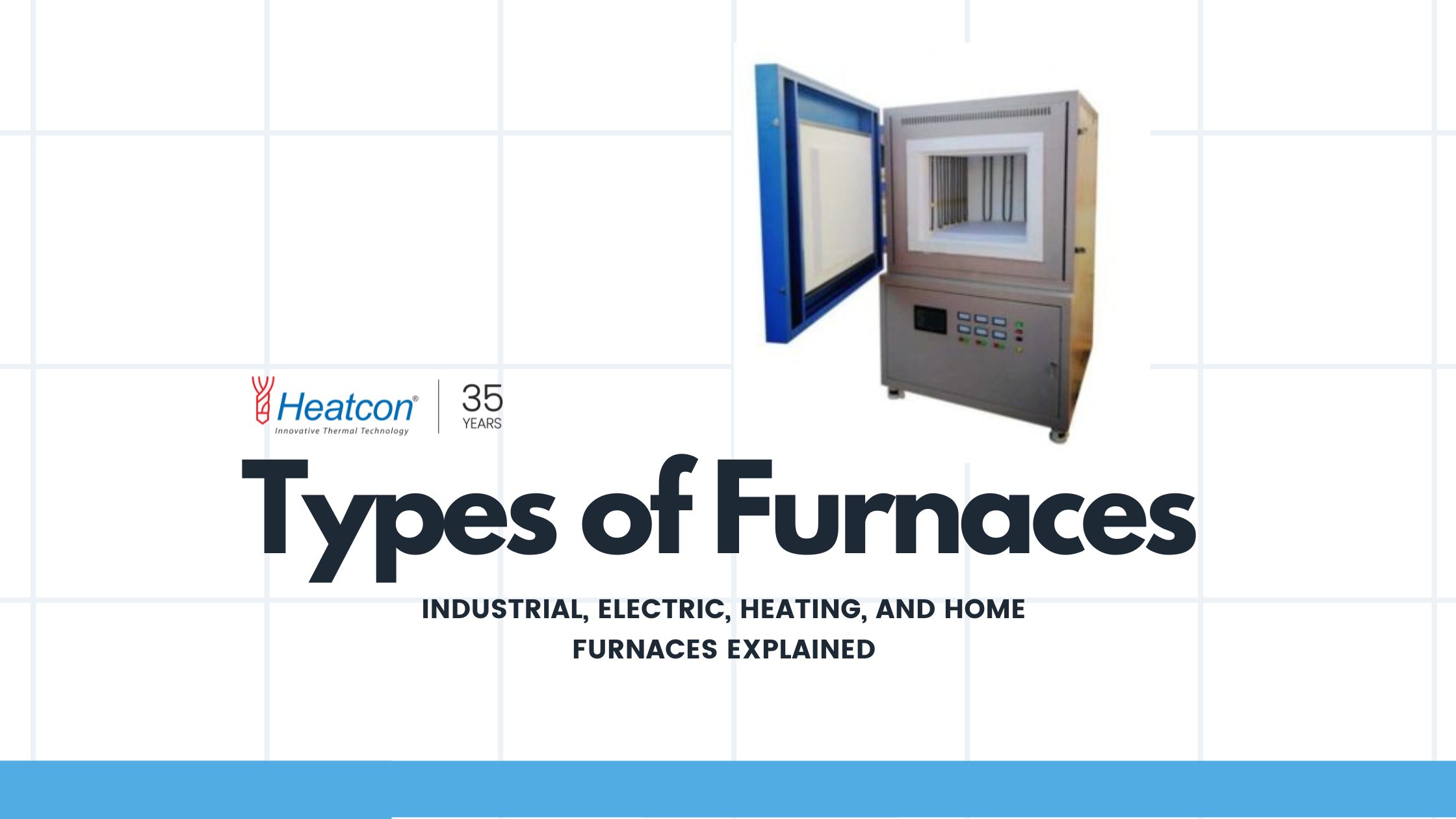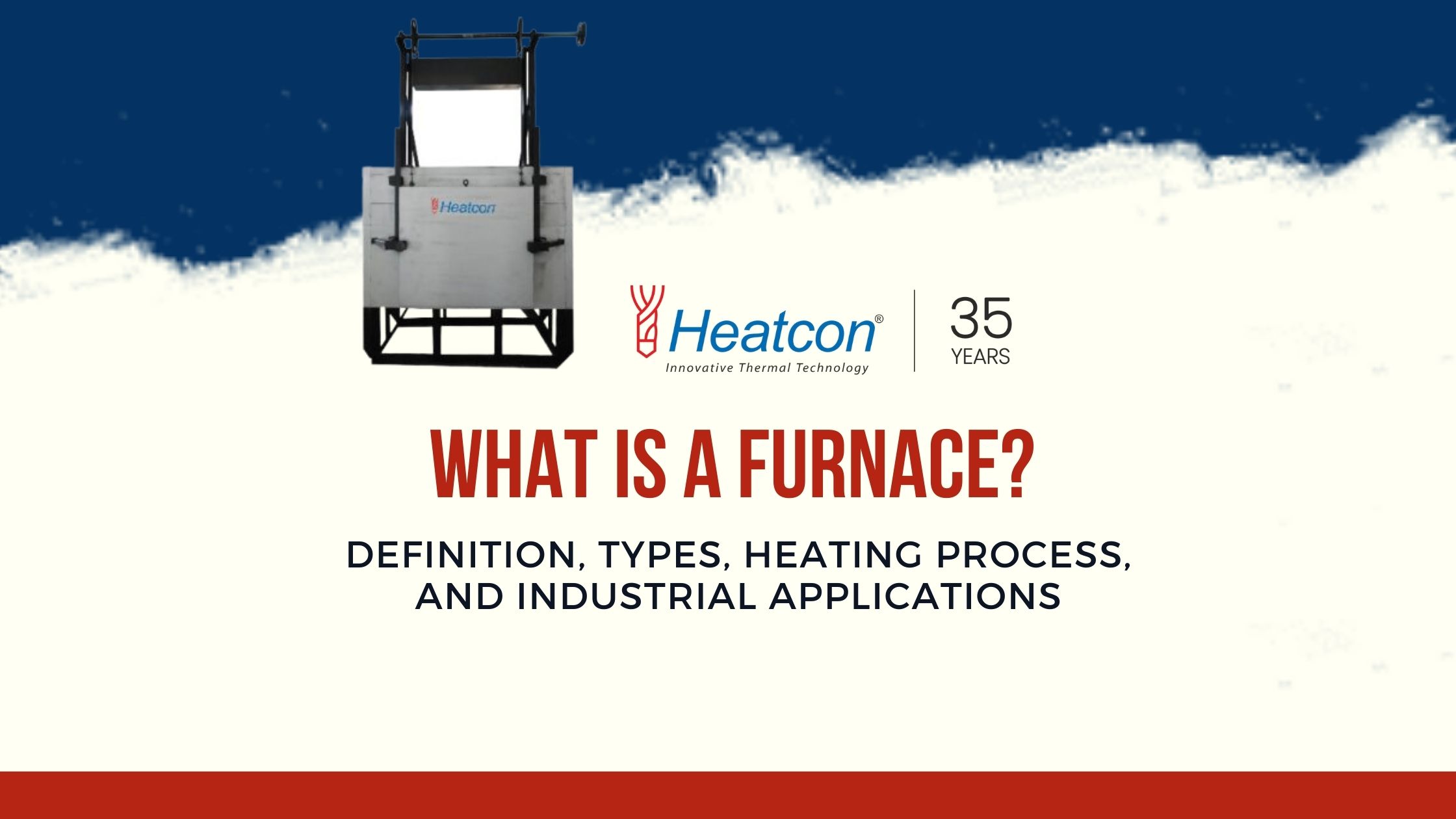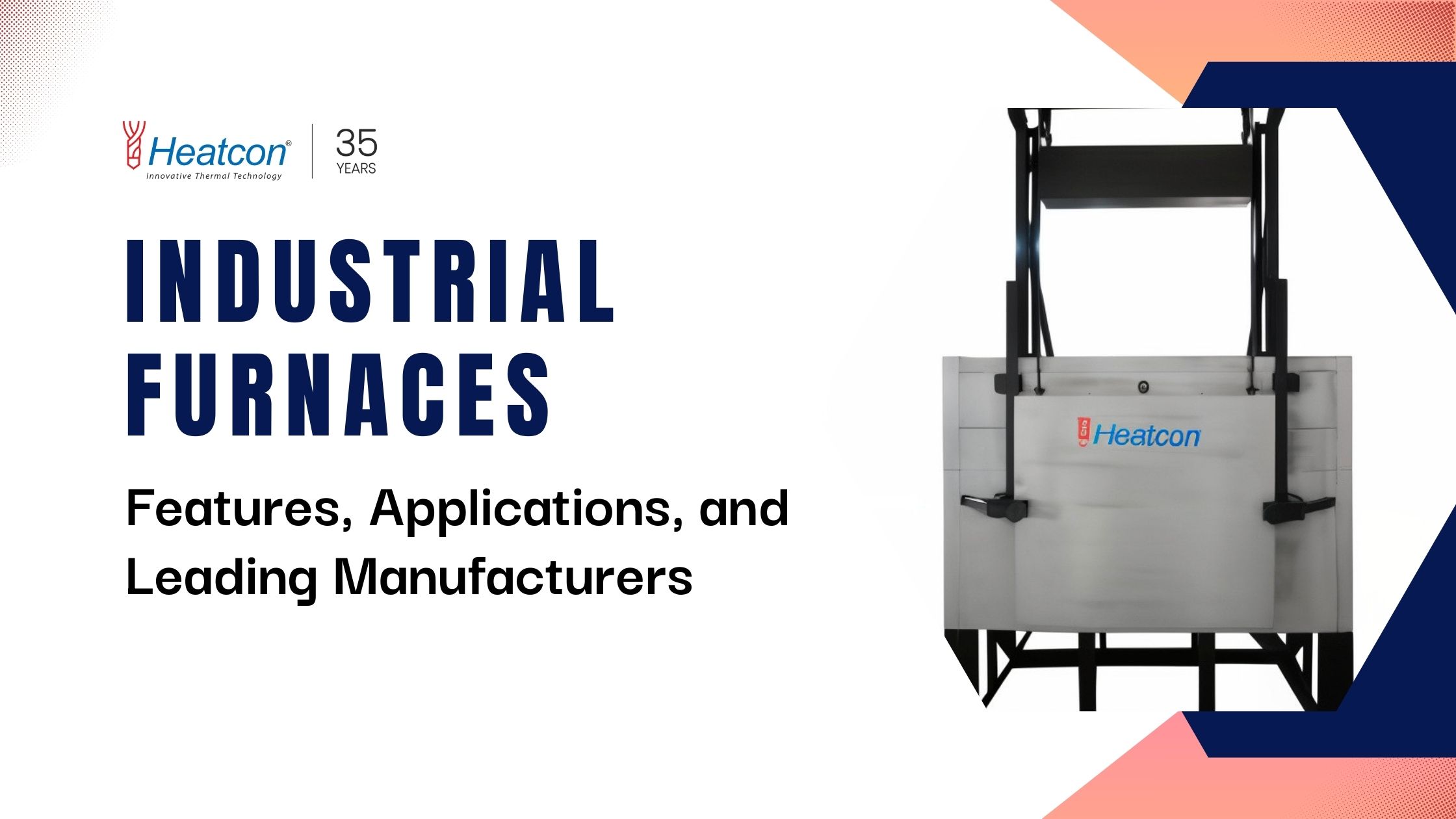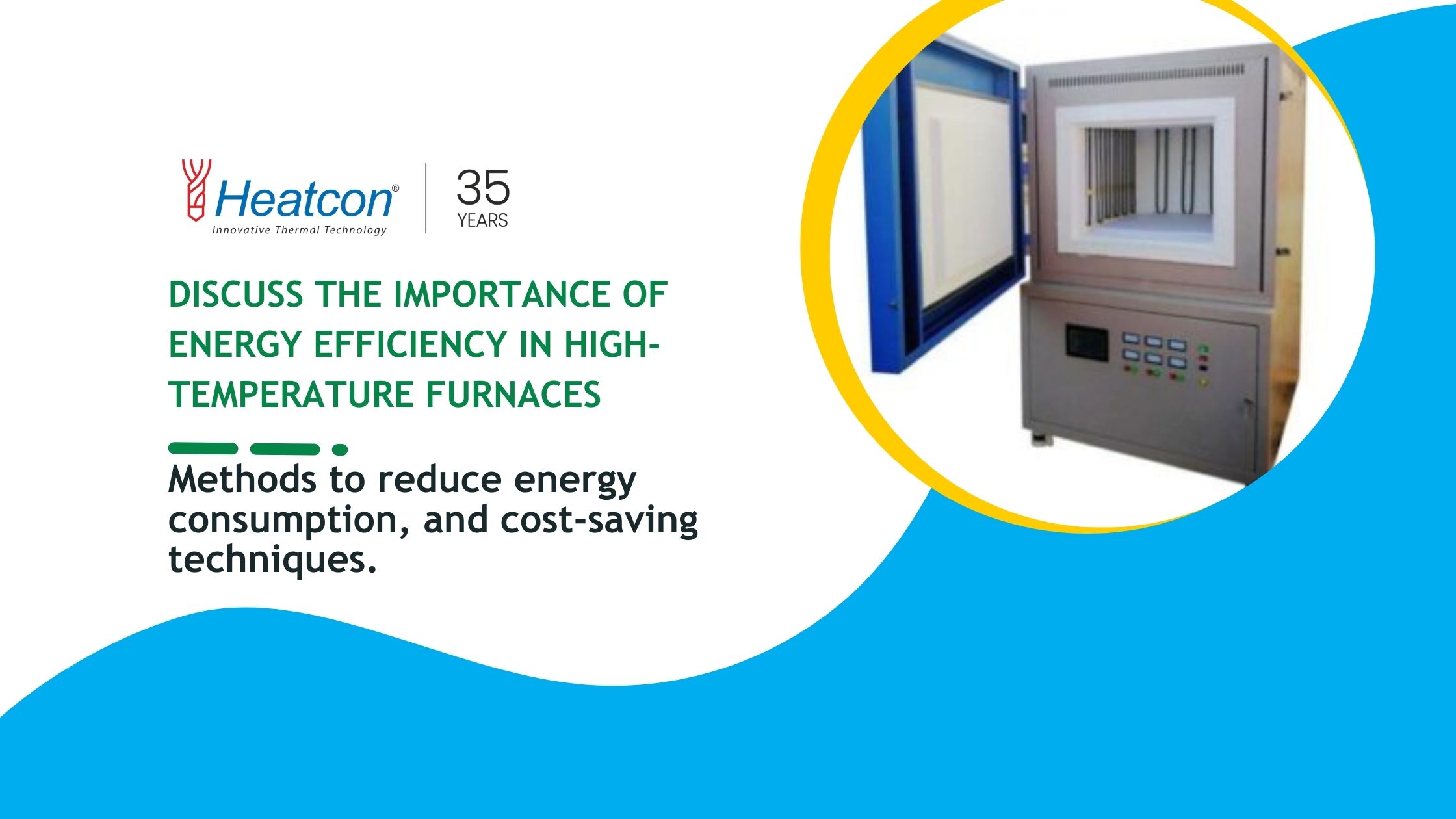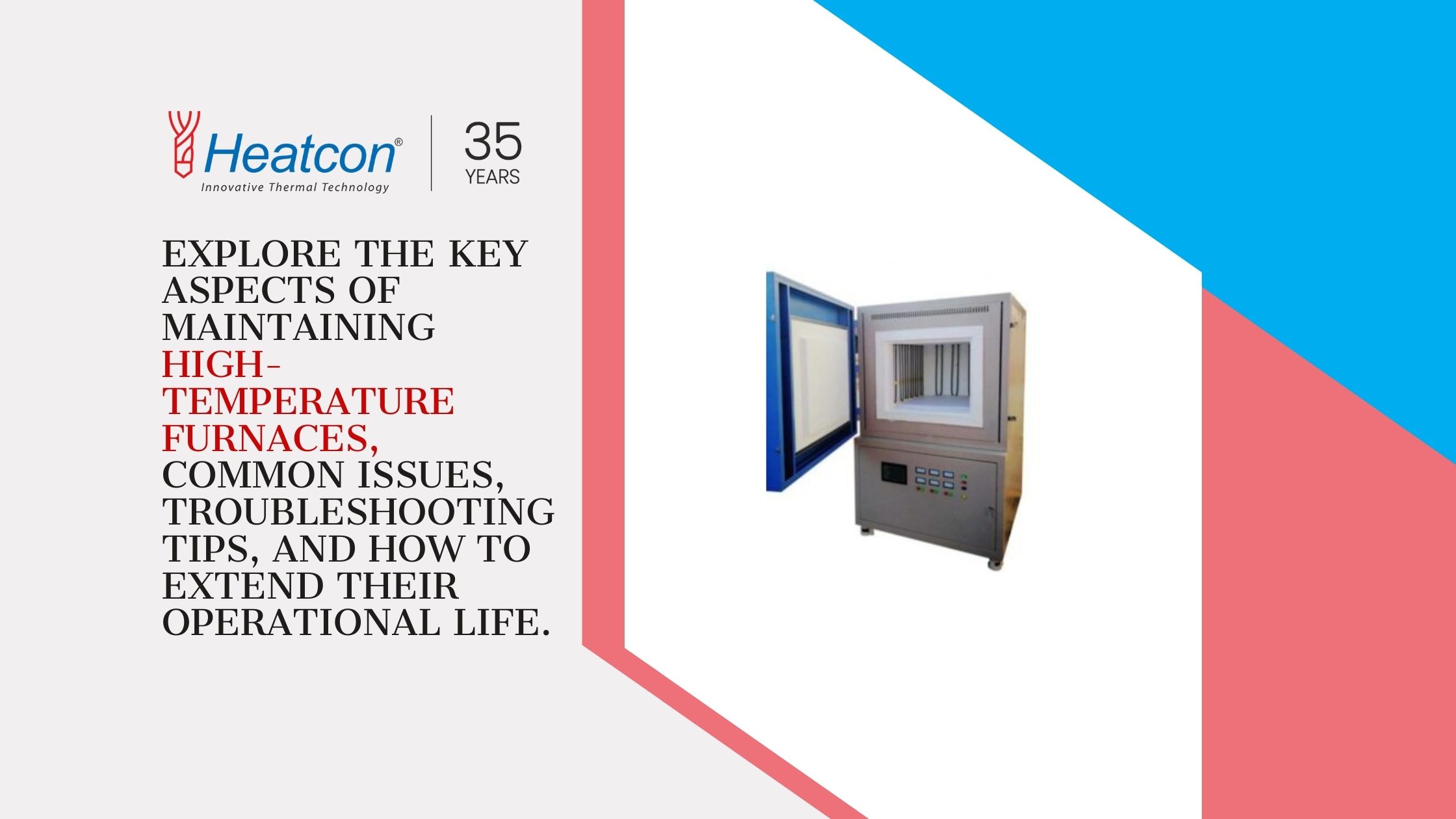The Growing Significance of Tube Furnaces: A Statistical Insight
Tube furnaces tend to play a crucial role in many industries owing to their precision & high-temperature capabilities. As per a year 2022 report by Grand View Research, the global tube furnace market was valued at US 562 million dollars & is expected to grow at a compound annual growth rate (CAGR) of 4.5 percent from the year 2023 to the year 2030, driven by increasing demand in material science & chemical processing applications. Furnaces provide the ideal environment for controlled heating processes, ensuring optimal results across various scientific & industrial fields.
What Is a Tube Furnace?
A tube furnace happens to be an advanced type of furnace that is used for heating materials to very high temperatures under controlled conditions. It usually has a cylindrical tube (that is usually made of ceramic/quartz) & heating elements that surround the tube to provide uniform heating. This design allows for precise temperature control, making it perfect for a number of lab & industrial applications. Such furnaces can handle temperatures ranging from ambient to extremely high levels (sometimes exceeding 1800 degrees Celsius), depending on the furnace type. A tube furnace heating method is most commonly utilised in research labs & industries where controlled thermal processes are critical. Industries like chemical processing, materials science, & metallurgy usually rely on these furnaces for experiments such as sintering, annealing, & synthesis.
Tube Furnace Heating Method
The tube furnace heating method is designed to provide consistent heat distribution across the sample material, ascertaining even thermal treatment. The cylindrical tube shape allows for the uniform flow of heat around the material, reducing temperature gradients that could otherwise affect experimental results. This heating method usually involves the use of resistive heating elements surrounding the tube, powered by electricity. In some cases, the furnaces also incorporate an inert or reactive gas environment within the tube for creating specific chemical reactions or for preventing oxidation. The ability to fine-tune the temperature & control the atmosphere inside the furnace makes tube furnaces especially valuable in synthesis processes in tube furnaces such as chemical vapor deposition (CVD) or calcination.
Tube Furnace Calibration
Accurate temperature control is crucial in many applications, and that is where tube furnace calibration comes into play. Calibration ensures that the temperature inside the furnace matches the desired setpoint & that it remains stable throughout the process. This is usually done by placing thermocouples inside the furnace & comparing the recorded temperatures with the displayed or set values. Regular calibration checks are necessary to maintain the furnace’s accuracy & operational efficiency.
Tube Furnace Applications in Research
Tube furnace applications in research cover a broad spectrum, including nanotechnology, materials science, & chemical synthesis. For example, tube furnaces are frequently used to perform high-temperature reactions, like the production of nanoparticles or thin-film deposition, which are crucial in advanced material research. These are also used in environmental research for analysing how materials react to high temperatures & various gas environments.
In chemical synthesis, such furnaces allow for precise control over reaction environments, making them best suited for studying catalytic reactions & creating advanced materials with specific properties.
Electric Tube Furnace Designs
The designs of electric tube furnaces have evolved significantly to meet diverse research & industrial needs. Modern-day electric tube furnace designs incorporate advanced features such as rapid cooling systems, multi-zone heating, & programmable controllers. Such innovations allow researchers to achieve a higher level of control over temperature gradients & heat distribution across the length of the tube. Electric tube furnaces also come in vertical or horizontal designs, depending on the material & application. Horizontal furnaces are more common in research labs for ease of loading & unloading samples, while vertical designs are used in industrial applications where space might be limited.
Tube Furnace Temperature Range
The tube furnace temperature range varies depending on the type of furnace & its heating elements. Most furnaces operate at temperatures between 100 degrees Celsius & 1800 degrees Celsius, with some advanced models capable of even higher temperatures. Such broad temperature range makes tube furnaces versatile tools for many applications, from low-temperature drying to high-temperature sintering & annealing.
Cost of Tube Furnaces
The cost of tube furnaces can vary widely depending on factors such as temperature range, size, & additional features like multi-zone heating or programmable controllers. For research purposes, smaller lab furnaces might cost less, while larger, more complex industrial models can be a costly affair. It is essential to balance the cost with the operational requirements, as purchasing a furnace with unnecessary features can result in overspending.
Operational Efficiency of Tube Furnaces
One of the key benefits of tube furnaces is their high operational efficiency. These are designed to maintain stable temperatures with minimal energy loss, ascertaining that the majority of the electrical energy is converted into heat. Modern-day tube furnaces usually come with energy-saving features like programmable controllers & multi-zone heating systems. These allow for more efficient energy distribution & also reduce overall operational costs. The operational efficiency of tube furnaces is critical for both research & industrial applications, where precision & energy consumption are significant factors.
Synthesis Processes in Tube Furnaces
Synthesis processes in tube furnaces include the creation of advanced materials like thin films, nanomaterials, & catalysts. Such furnaces tend to provide the controlled environments needed for performing chemical vapor deposition (CVD) & other high-temperature synthesis techniques. The ability to control both the temperature & the gaseous atmosphere within the furnace makes them indispensable tools for developing new materials in the fields of chemistry & materials science.
Custom Tube Furnace Solutions
For specialised applications, custom tube furnace solutions are available to meet unique requirements. Customisations may include heating element types, specific temperature ranges, & furnace sizes to accommodate different sample types & experimental needs.
Applications of Tube Furnaces in Material Science
Applications of tube furnaces in material science are extensive. These furnaces are commonly used for sintering, annealing, & synthesising new materials at high temperatures. In the field of nanotechnology, tube furnaces are essential for the production of carbon nanotubes & graphene. Moreover, these are used in the study of how different materials behave under extreme conditions, contributing to advancements in the development of stronger and more durable materials.
Heatcon Sensors – Your Go-to Provider!
Heatcon Sensors specialises in delivering world-class tube furnaces with cutting-edge technology for both research & industrial use. We offer tube furnaces that can achieve temperatures up to 1700 degrees Celsius, ascertaining they meet the demanding requirements of advanced scientific research & industrial processes. We provide tube furnaces equipped with precise calibration capabilities, helping users maintain stringent control over their heating processes. By ensuring exact temperature readings, researchers can rely on the consistency & repeatability of their experiments. Heatcon Sensors provides competitively priced tube furnaces, ensuring you get the best value for your investment without compromising on quality & functionality. Visit us today to explore our offerings & find the perfect furnace solution for your specific requirements.
Procure Tube Furnaces from Heatcon Sensors
You are well-aware now of the tube furnace heating method! So, if you are now looking for a reliable & efficient tube furnace for your research or industrial application, Heatcon Sensors presents a broad range of furnaces suited to meet diverse requirements. With advanced designs, precise calibration capabilities, & energy-efficient features, our tube furnaces are ideal for both small-scale lab experiments & large-scale industrial processes. Heatcon Sensors is a leading provider of custom tube furnaces, working with researchers & industry professionals to design furnaces that meet their specific needs. Whether you need a furnace with rapid cooling capabilities, multiple heating zones, or advanced gas flow control, we can design & manufacture a furnace tailored to your exact specifications.



